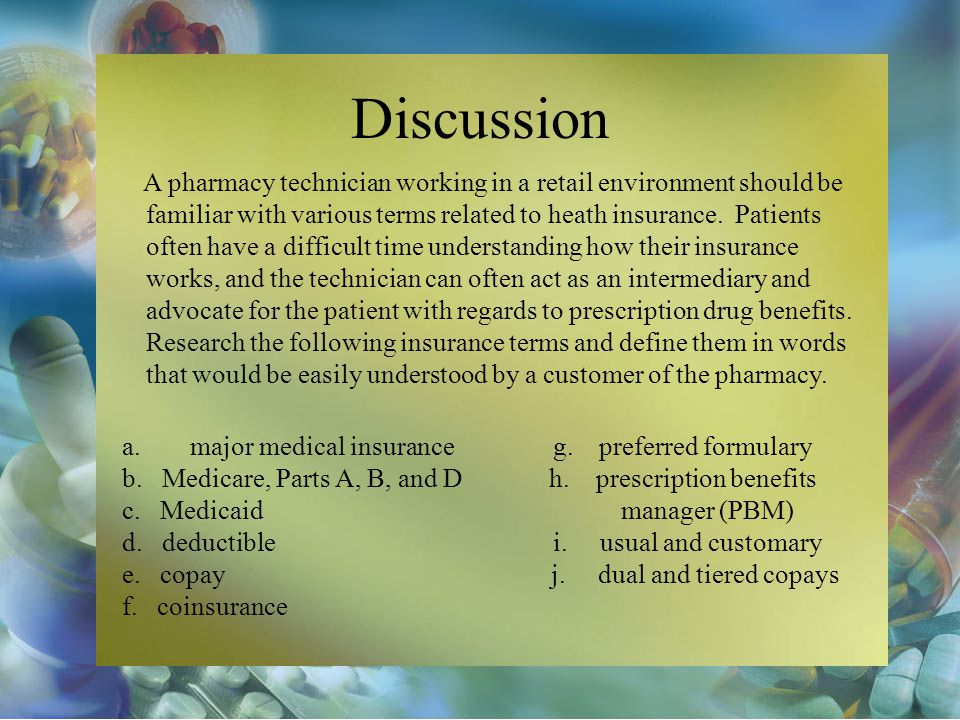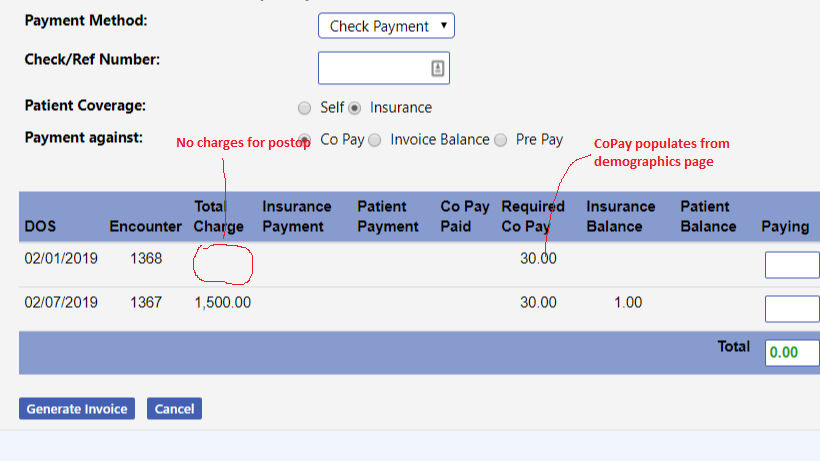

- Dual Copyright Ownership
- Dual Copay Vs
The following list consists of definitions of words commonly referred to in reference to the new Medicare Part D prescription drug program. This list is provided to help clarify terminology to people unfamiliar with thedetails of the Part D program as it relates to persons receiving both Medicaid and Medicare. If you have further questions about these definitions, please contact 1-800-Medicare (1-800-633-4227). Visit Medicare's website for the Official Medicare Frequently Asked Questions.
Improper billing of dual eligible Medicare beneficiaries (dual eligibles) and Qualified Medicare Beneficiaries (QMBs), sometimes referred to as a form of balance billing, is a persistent problem. Under the QMB program, state Medicaid agencies help pay Medicare premiums, deductibles, co-payments, and coinsurance. UMHA DUAL Plan (HMO-SNP) Call 1-844-331-6334 (TTY:711) 8 am - 8 pm, 7 days a week from 10/1 - 3/31. $0 copay. Outpatient hospital: $0 copay These copays apply. A Medicare Dual Eligible Special Needs Plan (D-SNP) is a Medicare Advantage plan designed to provide special coverage for people who are enrolled in both Medicare (parts A and B) and Medicaid. Aug 04, 2018 If the dual eligible QMB is enrolled in a advantage plan with cost sharing, the doctor can’t collect the copay (prohibition of balance billing on QMBs), but also can’t refuse to see the patient (Medicare advantage plans but not traditional Medicare have protections against discrimination specifically on the basis of payment).
Benchmark planA prescription drug plan with a monthly premium at or below the low income premium subsidy amount.Clawback (Also called 'phasedown') - Mandatory state payments to the federal government to help finance the Medicare Part D benefit for dual eligibles. The size of the state´s 'clawback' payment for any given month will depend on 3 factors:
- A per capita estimate of the amount the state otherwise would have spent on Medicaid prescription drugs for dual eligibles;
- The number of dual eligibles enrolled in a Part D plan; and
- A 'takeback' factor set at 90% in 2006, declining to 75% for 2015 and later years.
Co-insuranceIn medical insurance, the insured person and the insurer share the covered procedures under a policy in a specified ratio. For example, the insurer may pay 80% of a procedure´s cost and the insured must pay the remaining 20%.Co-payAn arrangement where the insured pays a specified amount for various drugs or services and the health carrier pays the remaining charge. Again, varies depending on health plan or drug formulary and type of service or drug used.Deemed EligiblesMedicaid or Medicare Savings program enrollees who have passed the income and resource tests and are already receiving benefits from Medicaid or the Medicare Savings program. These enrollees do not need to apply for Part D separately. They must enroll in a Part D plan, but are automatically eligible for Part D and the low income subsidy.Donut HoleThe amount that standard benefit beneficiaries are required to pay out of pocket once their drug costs reach $2250, up to $5100.Drug Categories, Drug Classes and Examples
In 2004, the United States Pharmacopeia (USP), a non-profit non-governmental organization, received directive from the Medicare Modernization Act to publish guidelines on drug categories and classes. These guidelines are to be used by prescription drug plans (PDPs) in developing their formularies for the Medicare population.
Categories are groupings that reflect therapeutic uses of drugs based on the International Classification of Diseases (ICD-9) diagnostic codes. For example, drugs may belong to the analgesic category or the anti-Parkinson category. Categories may also be based on an organ system, such as the cardiovascular category.
Classes are subcomponents of drug categories and are based either on the chemical structure of the drug or on its 'mechanism of action,' i.e., how it works to achieve its results. For example, the analgesic category, or drugs which treat pain, is broken down into two classes; opioids (such as codeine or morphine) and non-opioids (such as ibuprofen or aspirin).
Certain classes are subdivided into an additional level of specificity. For example, the beta-adrenergic blocking agent class of the cardiovascular category, or drugs used to treat hypertension, is subdivided into alpha-beta-adrenergic blocking agents (such as Normodyne), cardioselective beta-adrenergic blocking agents (such as Brevibloc), and nonselective beta-adrenergic blocking agents (such as Inderal).
The USP defined 41 therapeutic categories, 32 of which are further divided into pharmacologic classes. Overall, the draft model includes 137 classes and 9 categories that have no classes, for a total of 146 unique therapeutic categories and pharmacologic classes. PDPs that adopt the guidelines are required to include at least two drugs from each class in a category. If a category is not broken into classes, the PDP must include at least two drugs from the category. For classes that have additional subdivisions, PDPs are required to cover 1 drug from each such subdivision.
Dual EligiblesDual eligibles are individuals who are in receipt of medical coverage from both Medicare and Medicaid.Exceptions processA course of action that allows patients to challenge the placement of a drug on a higher-cost tier or the exclusion of a particular drug from their formulary. Under the Prescription Drug Benefit, an exceptions process must be incorporated into both stand-alone prescription drug plans (PDP) and those that are part of a Medicare Advantage plan (MA-PD). Enrollees are able to request that a formulary drug be provided at a lower tier for cost-sharing (thereby reducing the patient's co-pay) or that a non-formulary drug be provided by the plan. Because exceptions requests are coverage determinations, the plan must act within the time frame for standard coverage determinations (within 72 hours) or expedited coverage determinations (within 24 hours).FFP and FMAPFederal financial participation (FFP) is the Federal share of Medicaid payments. FFP is the same as the Federal medical assistance percentage (FMAP). Each state's FMAP is calculated on the basis of the state's per capita income in relation to the national per capita income average.FormularyList of prescription drugs covered by a particular drug benefit plan. Formularies are based on evaluations of efficacy, safety, and cost-effectiveness of drugs. Patients pay varying co-pays for drugs that are on formulary. For drugs that are not on formulary, patients must pay the entire cost of the drug. Formularies vary between drug plans and differ in the breadth of drugs covered and costs of co-pay and premiums. Most formularies cover at least one drug in each drug class, and encourage generic substitution. Also known as a preferred drug list.Formulation substitution and therapeutic equivalencyAs patients and prescription benefit plans seek to lower their healthcare costs, they may substitute a less expensive therapeutically equivalent drug for a more costly drug. This is known as formulation substitution. Formulation substitution can include switching from a brand-name drug to a generic drug, switching from one generic drug to another generic drug, or (rather uncommonly) switching from a generic drug to a brand-name drug.
In most states, formulation substitution is allowed and encouraged, provided that the replacement formulation is deemed to be 'therapeutically equivalent' to the innovator formulation by the Food and Drug Administration (FDA). The FDA publishes a list of drug products and equivalents entitled Approved Drug Products with Therapeutic Equivalence Evaluations; this is commonly referred to as the 'Orange Book.' The FDA's designation of 'therapeutic equivalence' indicates that the generic formulation is bioequivalent to the innovator formulation. This means that drug products are considered to be therapeutic equivalents only if they have identical active ingredients and if they can be expected to have the same clinical effect and safety profile when administered to patients under the conditions specified in the labeling.
Generic drugsA drug which is exactly the same as a brand name drug and which may be manufactured and marketed after the brand name drug's patent expires (approximately 9-10 years after the brand-name drug entered the market). Generic drugs cost significantly less than brand name drugs, and are identical in terms of efficacy, safety, side effect profile, and dosing. Important exceptions to this may include drugs such as immunosuppressants or drugs with a 'narrow therapeutic index' such as anti-arrhythmics. 'Narrow therapeutic index' refers to drugs that have a high rate of side effects at commonly administered dosages. Also known as a 'generic equivalent.'Generic substitutionSubstituting a generic drug for an identical brand-name drug that has lost its patent protection. Generic substitution lowers drug costs for both consumers and prescription benefit managers while providing equal efficacy, safety, side effect profile and dosing, with a few important exceptions. (For more information on exceptions to generic substitution see therapeutic equivalency.)Medicare Advantage Plan(Formerly Medicare + Choice) Medicare plans (HMOs) that a person with Medicare can join.Medicare Advantage Prescription Drug planA Medicare drug plan offered through a Medicare Advantage plan (such as an HMO) that offers Medicare prescription drug coverage.Medicare Part DThe Medicare Modernization Act (MMA) of 2003 added prescription drug benefits for Medicare beneficiaries. Part D consists of a two-step process of application for Part D benefits and enrollment in a Medicare approved drug plan.Medicare Savings Programs (MSP)A Medicaid program that pays some of the costs not covered by Medicare for Medicare beneficiaries with incomes under 135% of the federal poverty level (FPL). More information on the Medicare savings program can be found at http://www.nyhealth.gov/health_care/medicaid/program/update/savingsprogram/medicaresavingsprogram.htmPart D Eligible IndividualA part D eligible individual is an individual who is entitled to or enrolled in Medicare benefits under Part A and/or Part B.PDP RegionDual Copyright Ownership
A PDP Region is a prescription drug plan region as determined by CMS.PremiumA periodic payment by the insured to the health insurance company or prescription benefit manager in exchange for insurance coverage. The amount of the premium varies depending on health plan or drug formulary.Prescription Benefit Managers (PBMs) Prescription Benefit Managers are firms that contract with health plans or plan sponsors (such as employers) and specialize in claims processing and administrative functions involved with operating a prescription drug program. PBMs negotiate with pharmaceutical companies and prescription drug wholesalers to obtain a discount on bulk orders of prescription drugs. PBMs may also attempt to influence doctors' prescribing behavior or patients' drug utilization by manipulating the cost of certain prescription drugs to influence the use of alternative and comparable drug therapies.Prescription Drug Plan (PDP) A Prescription Drug Plan is prescription drug coverage that is offered under a policy, contract, or plan that has been approved as specified in 42 CFR Section 423.272 and that is offered by a PDP sponsor that has a contract with CMS that meets the contract requirements under subpart K.Tiered Formularies
A Prescription Drug Plan is prescription drug coverage that is offered under a policy, contract, or plan that has been approved as specified in 42 CFR Section 423.272 and that is offered by a PDP sponsor that has a contract with CMS that meets the contract requirements under subpart K.Tiered Formularies
Dual Copay Vs
List of preferred prescription drugs in which different drugs have different co-pays. Each drug is assigned to a specific 'tier' within the formulary. The most cost-effective drugs, often generic drugs, belong to the most preferred tier and typically have the lowest co-pay, whereas the least cost effective drugs belong to the least preferred tier and have the highest co-pay. Tiered formularies encourage consumers to be cost-conscious in choosing their medications, and reward consumers for choosing generic medications by requiring a lower co-pay. Tiered formularies may also provide some level of coverage for prescriptions that might not otherwise be covered.
 In 2004, the United States Pharmacopeia (USP), a non-profit non-governmental organization, received directive from the Medicare Modernization Act to publish guidelines on drug categories and classes. These guidelines are to be used by prescription drug plans (PDPs) in developing their formularies for the Medicare population.
In 2004, the United States Pharmacopeia (USP), a non-profit non-governmental organization, received directive from the Medicare Modernization Act to publish guidelines on drug categories and classes. These guidelines are to be used by prescription drug plans (PDPs) in developing their formularies for the Medicare population. 


